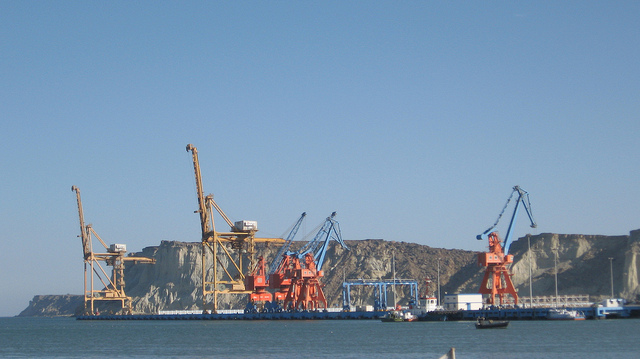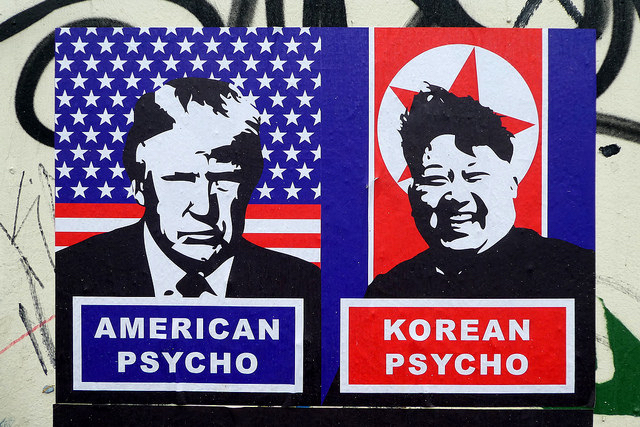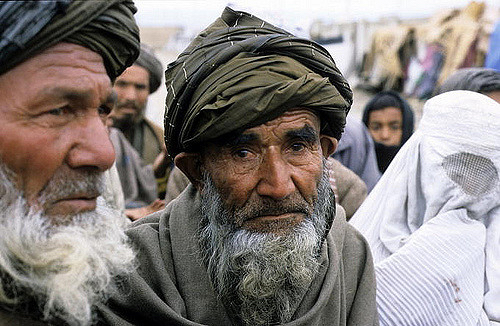The $46 billion China-Pakistan Economic Corridor (CPEC) was finalised during an official visit by Chinese Premier Xi Jinping to Pakistan a year ago. CPEC is arguably the largest infrastructure project in Pakistani history, and includes Eastern and Western Realignment projects that comprise highways, railways, sea-lines, electricity lines, and energy projects.
The latter is a mixture of renewables and non-renewables, including geothermal, solar, wind, and hydro-electric, in addition to a possible (and long awaited) oil and gas pipeline to Iran that has been made possible by the gradual lifting of sanctions by the European Union and United States.
CPEC’s breadth is staggering, and is framed by Chinese export requirements. China seeks to turn its far-western province of Xinjiang into a manufacturing hub as part of Beijing’s Silk Road trading strategy. CPEC is meant to link the planned manufacturing and logistical centres of Xinjiang to a recently constructed Chinese-financed port and free trade zone in Gwadar, Balochistan. Companies from Xinjiang have already signed an agreement with Pakistan worth $2 billion.
Gwadar is a warm-water and deep-sea port that has been fitted for heavy trading, and allows Beijing to easily access Middle Eastern and European markets, while bypassing the crowded, navigationally dangerous, and politically tumultuous South China Sea. The Beijing Politburo needs CPEC because it is aware that trading through the South China Sea places limits on Chinese exports in real terms, due to the heavy use of its sea lanes, in addition to making it vulnerable in the event of a major war that affects traffic through the Straits of Tsunda and Malacca.
Pakistani leftists and organisers are extremely worried about CPEC, in part because of how it will boost the military’s institutional power. CPEC is such a large project that whoever controls its execution will have a major role in shaping Pakistan’s future. The Pakistani military has already announced plans that it will seek to control a CPEC Authority that is responsible for the projects. It appears that since the wildly popular Army Chief Raheel Shareef has announced his retirement later this year, he is planning to stake his legacy on the military having a dominant role.
Given the security risks associated with the endeavour, which runs through Kashmir, Balochistan, and the Talibani stronghold of Quetta in the latter, Beijing would in all likelihood welcome such a move. In Balochistan, 15 000 troops have already been assigned to Chinese projects and contractors. While Pakistan’s civilian government objects to the military having a dominant role, the PML-N government of Prime Minister Nawaz Sharif is hardly in a position to push the point. Protests led by Imran Khan’s PTI in 2014 had a major effect on Sharif’s standing, due to allegations of electoral fraud, and the Sharif family has been widely criticised after being implicated in the Panama Papers.
It is worth reflecting on the breadth of the project, and its possible consequences. It is fascinating that CPEC is occurring at such a rapid pace. For instance, the first geothermal and wind projects are slated to be operational by 2017 – 2018, and hydropower plants will have begun to generate electricity by 2020. These are part of the “early harvest” energy projects that promise to confront Pakistan’s ongoing energy crisis with 10 400 MW of electricity by 2017 to 2018, and an additional 6 645 MW shortly thereafter.
This is a result of the productiveness of Chinese capital, which has also been observed in African states like Angola and Zambia that have boosted their ties with Beijing. China is seen as a reliable trading partner in part because it puts its money to work. While Western money is stuck in banking, savings, and speculative finance, China is able to rely on central controls to direct wealth into productive investments like highways, energy plants, and human development. That is why the CPEC projects are being built so quickly. Even despite the coming Chinese recession, with all its consequences for export trading, it is no wonder that countries like Pakistan are increasingly staking their futures on Beijing, Shanghai, and Xinjiang, rather than Washington D.C., London, and Brussels.
It remains to be seen how that future will evolve, and what political possibilities will be opened by Beijing’s greater role in Pakistani affairs. As a result of CPEC, China will have to adopt a larger role in Pakistani internal security, particularly out of concern about violence spilling over into Xinjiang. This will mean new security initiatives in Balochistan, Kashmir, and potentially Khyber-Pakhtunkhwa, the Federally-Administered Tribal Areas, and Afghanistan. Operation Zarb-e-Azb mainly targeted the Taliban, but also included efforts against (allegedly) Uighur militants in the area. Moreover, the Pakistani military’s effective control of CPEC will mean that as an institution, it will be at the frontline of the inevitable problems of widespread inequality and labour unrest that the projects will generate.
It will take ten to fifteen years for CPEC to be fully implemented, and it will inevitably have major institutional and economic effects on Pakistan going forward. It is worth noting that a similar national transformation project, General Ayub Khan’s ten-year development plan, ultimately led to massive instability that included his abdication in 1969, the election of Zulfikar Ali Bhutto’s Pakistan Peoples’ Party shortly thereafter, the 1971 India-Pakistan War that led to the independence of Bangladesh, and the beginning of General Zia ul-Haq’s military theocracy from 1973 through 1977. CPEC is going to transform Pakistan, but its full consequences have yet to be observed, including the new political visions that are opened by potential resistance.
Photograph courtesy of Moign Khawaja. Published under a Creative Commons Licence.





